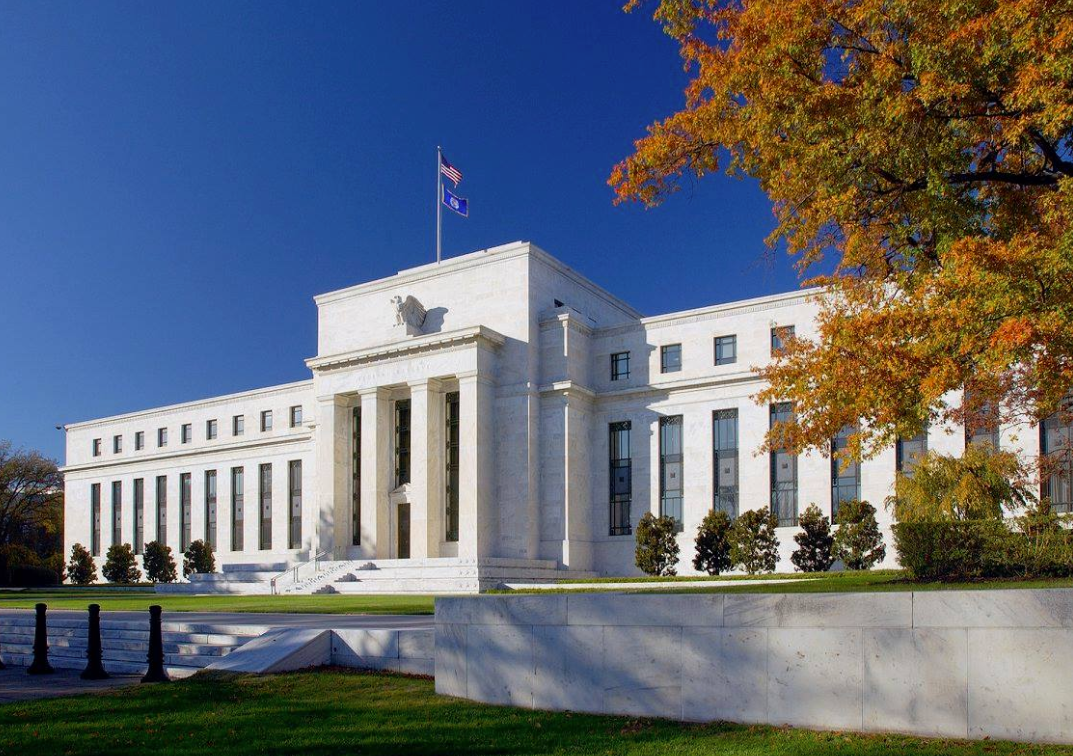But they do not have the capacity to fight back either

Or at least risk a backlash in market reaction like the one we saw in overnight trading. It's unimaginable to believe that John Williams would not know that his "academic" remarks yesterday will produce a profound market reaction.
The need for his own New York Fed branch to clarify the situation shows that the central bank doesn't want the market to take the lead going into the FOMC meeting on 31 July. Or at least they don't want the market to have the right/wrong idea about it.
In short, the Fed wants to be able to communicate potential future changes and shift in guidance on their own terms and not be bullied by the market into deciding when and by how much they should adjust interest rates.
That has been the case since the Fed began tightening policy back in December 2015, that markets have telegraphed and priced in when the Fed should move and they have been bullied (based on their guidance to some extent) into making those decisions.
This is one of the reasons why the Fed changed up their meetings to include a press conference at each and every one this year. The whole idea is to take back some control and keep markets on their toes.
As for the upcoming July meeting, I don't see how the Fed can escape from a 25 bps rate cut but they have some propensity to keep markets guessing about whether this will be a "one and done" case or the start of an easing cycle.
In my view, that's what they are trying to keep in their locker. It's unthinkable to think that they'd waste a significant portion (50 bps) of the buffer they've built up over the past five years so I'm in 25 bps rate cut camp.
But the Fed should realise that if it doesn't want to be bullied, then policymakers will have to be more firm in their communication. This latest debacle is certainly no example of that.
I reckon the Fed will punt (as they always do when they can afford to) in July, leaving the door open for potentially more cuts to follow and that may spell trouble for the dollar in the reaction to the decision - even if the central bank isn't likely to act on that.



